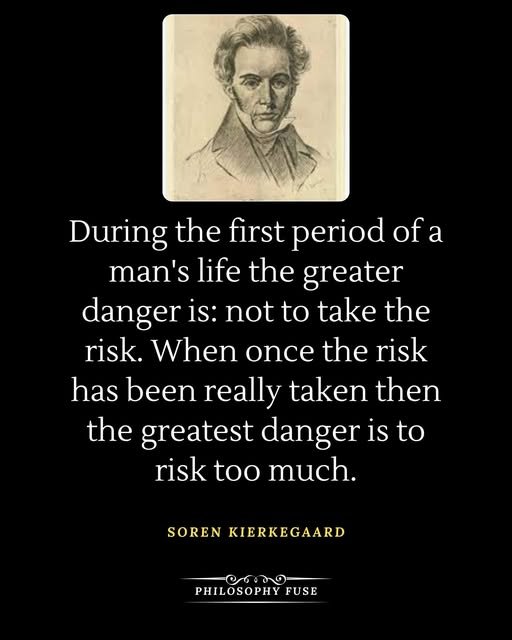\"We suffer more often in imagination than in reality\". Seneca
The wisdom encapsulated in Seneca\'s observation, \"We suffer more often in imagination than in reality,\" is profoundly relevant in today\'s context, especially when we consider the anxieties and fears magnified by social media and a fast-paced world. This ancient adage invites us to scrutinize the source of our distress and to distinguish between self-generated fears and genuine threats.
Seneca, a Stoic philosopher, was keenly aware of the human propensity to create internal narratives that often do not align with external facts. Our minds are adept at conjuring scenarios of failure, rejection, and disaster, which rarely materialize to the extent we imagine. This mental habit can lead to unnecessary stress and anxiety, reducing our overall quality of life and sometimes paralyzing us from taking action.
By understanding the concept of \'perplexity\' in our thinking—acknowledging the complexity of our thoughts and emotions—we can start to see how we weave intricate stories that may not have a basis in reality. The practice of \'burstiness\' in managing our thought patterns—alternating between examining these complex thoughts and stepping back to view them with simplicity and detachment—can help in mitigating self-inflicted mental suffering.
In practical terms, applying Seneca’s wisdom involves mindfulness and reflection. It encourages observing our thoughts without automatically accepting them as truth. Techniques such as journaling, meditation, or cognitive-behavioral strategies can aid in this process, allowing us to challenge our default narratives and reduce the frequency and intensity of self-created emotional turmoil.
Ultimately, the value in Seneca\'s words lies in their call to self-awareness and rationality, reminding us that while we cannot control every aspect of the world around us, we can take charge of our internal landscape. By doing so, we not only suffer less in imagination but also empower ourselves to live more fully in reality.



























.jpg)

.jpg)
.jpg)

.jpeg)




.jpg)









.jpg)




.jpeg)





.jpg)
.jpg)

.jpeg)
.jpg)










.jpeg)







.jpeg)





.png)







